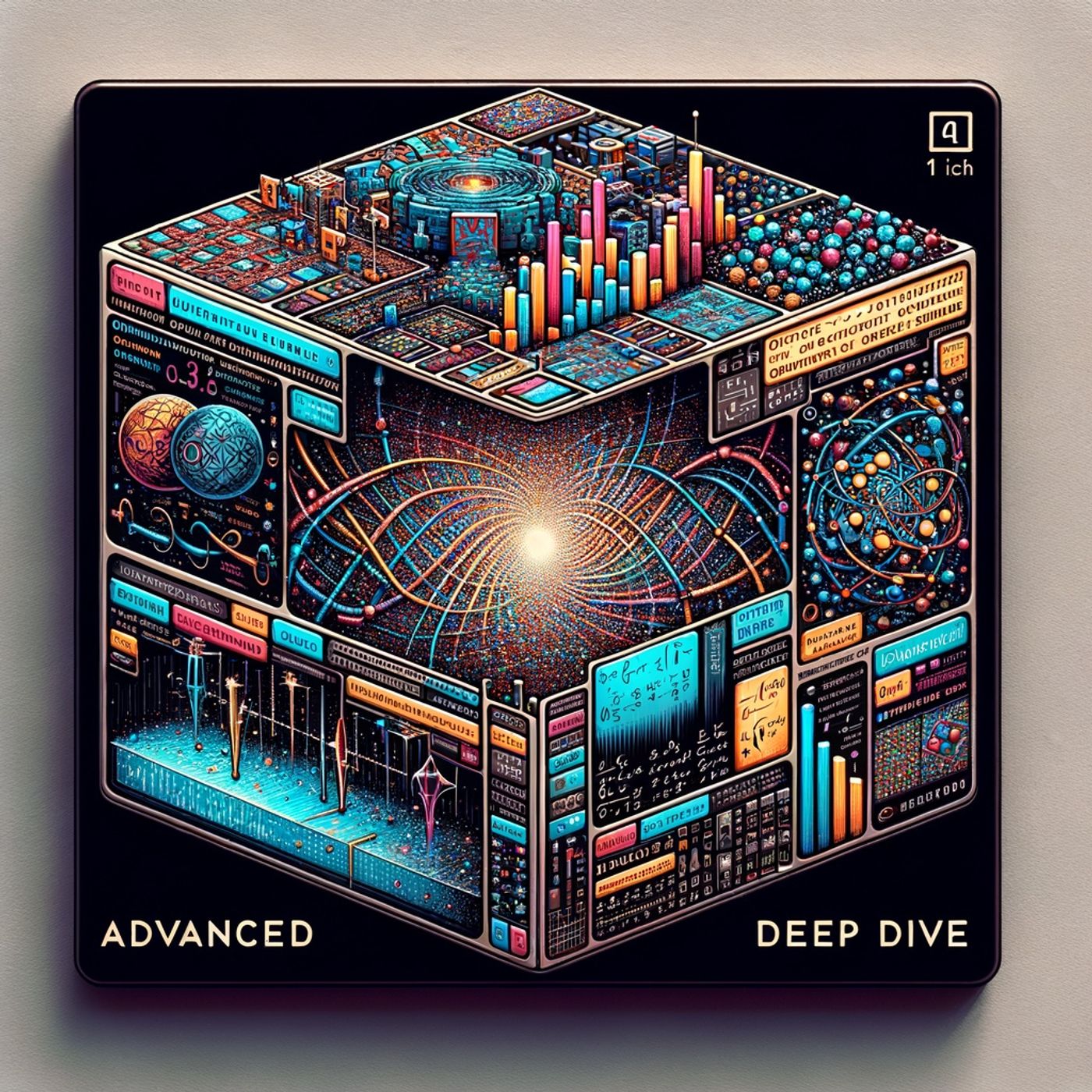Listen "Quantum Leap: Topological Excitations Redefine Qubit Stability"
Episode Synopsis
This is your Advanced Quantum Deep Dives podcast.“On today’s Advanced Quantum Deep Dives, I want you to imagine standing in a cavernous lab, chilled to near absolute zero, the silence broken only by the hum of cooling systems and the faint pulsing glow of lasers corraling atoms. Just yesterday, researchers at Chalmers University of Technology and their colleagues in Finland revealed a breakthrough so fundamental, it could redefine the stability of quantum computers. Their discovery? A newly devised quantum material, engineered to maintain ‘topological excitations’—quantum states that stay intact, even in the face of environmental chaos.Quantum computers, you see, run on qubits—units exquisitely sensitive to tiny magnetic fields, vibrations, even the cosmic whisper of passing neutrinos. For years, we’ve known theoretically that if we could construct materials embedding safety into their structure—using topology, a form of mathematical resilience—our qubits could withstand more noise, process deeper problems, and maybe even rewrite what’s possible in scientific computing and secure communications. Now, for the first time, this team has crafted such a material and demonstrated its power to protect qubits from disruption. It’s like wrapping fragile glass in a shield woven from the geometry of the universe. Lead researcher Guangze Chen calls it, quote, ‘a completely new type of exotic quantum material that can maintain its quantum properties when exposed to external disturbances’. What’s truly surprising is that this feat was achieved not with rare atomic interactions, but with magnetism—a resource far more scalable for future tech.This isn’t the only quantum milestone making headlines this week. Columbia Engineering’s HyperQ virtualization, just announced, is bringing cloud-style sharing to quantum systems. Multiple users, simultaneous access, mainstreaming quantum the way Amazon or Google mainstreamed classical cloud. And in the U.S., Oak Ridge National Lab is prepping to install its first on-site IQM Radiance quantum computer, aiming for seamless integration with supercomputers on premises, not just through the cloud. It’s a sea change in how quantum might soon be folded into every major industry from pharmaceuticals to logistics.But what really captures my imagination is the parallel between these advances and today’s fast-evolving landscape of AI and global networks. Just as AI reshuffles data in milliseconds to recognize a face or translate a phrase, quantum error correction and stable qubit materials are reshuffling the very architecture of reality, smoothing the path from possibility to practical impact.As we reach these new frontiers, I’m left marveling: quantum computing isn’t just an upgrade. It’s a fundamental rewiring. In every qubit’s flicker and error corrected, we glimpse the deep order—the hidden topology—linking the microcosm to the macrocosm, the lab bench to the world stage.Thank you for joining me, Leo, for Advanced Quantum Deep Dives. If you’ve got questions or want to hear about a specific quantum topic, drop me a note at [email protected]. Don’t forget to subscribe to this podcast, and remember—this has been a Quiet Please Production. For more, check out quietplease.ai.”For more http://www.quietplease.aiGet the best deals https://amzn.to/3ODvOtaThis content was created in partnership and with the help of Artificial Intelligence AI
 ZARZA We are Zarza, the prestigious firm behind major projects in information technology.
ZARZA We are Zarza, the prestigious firm behind major projects in information technology.
